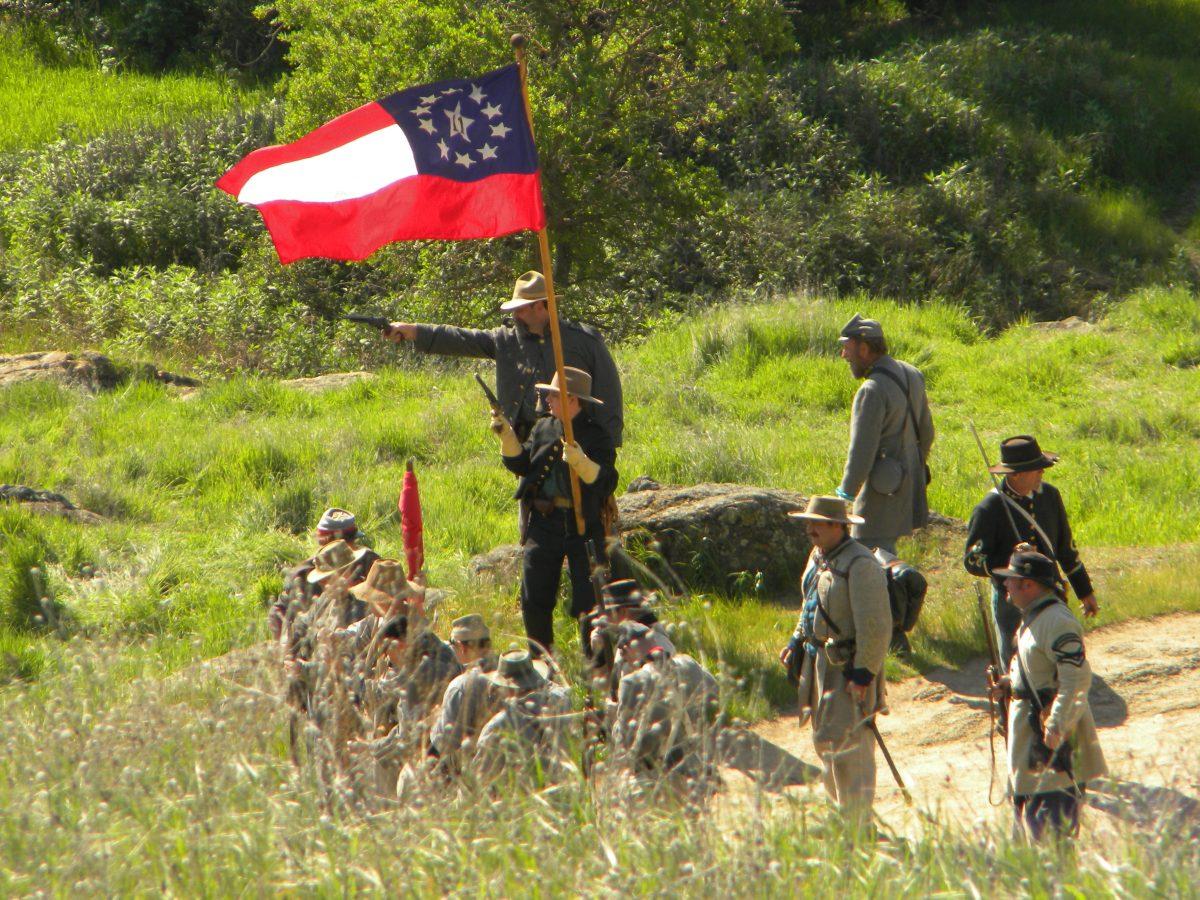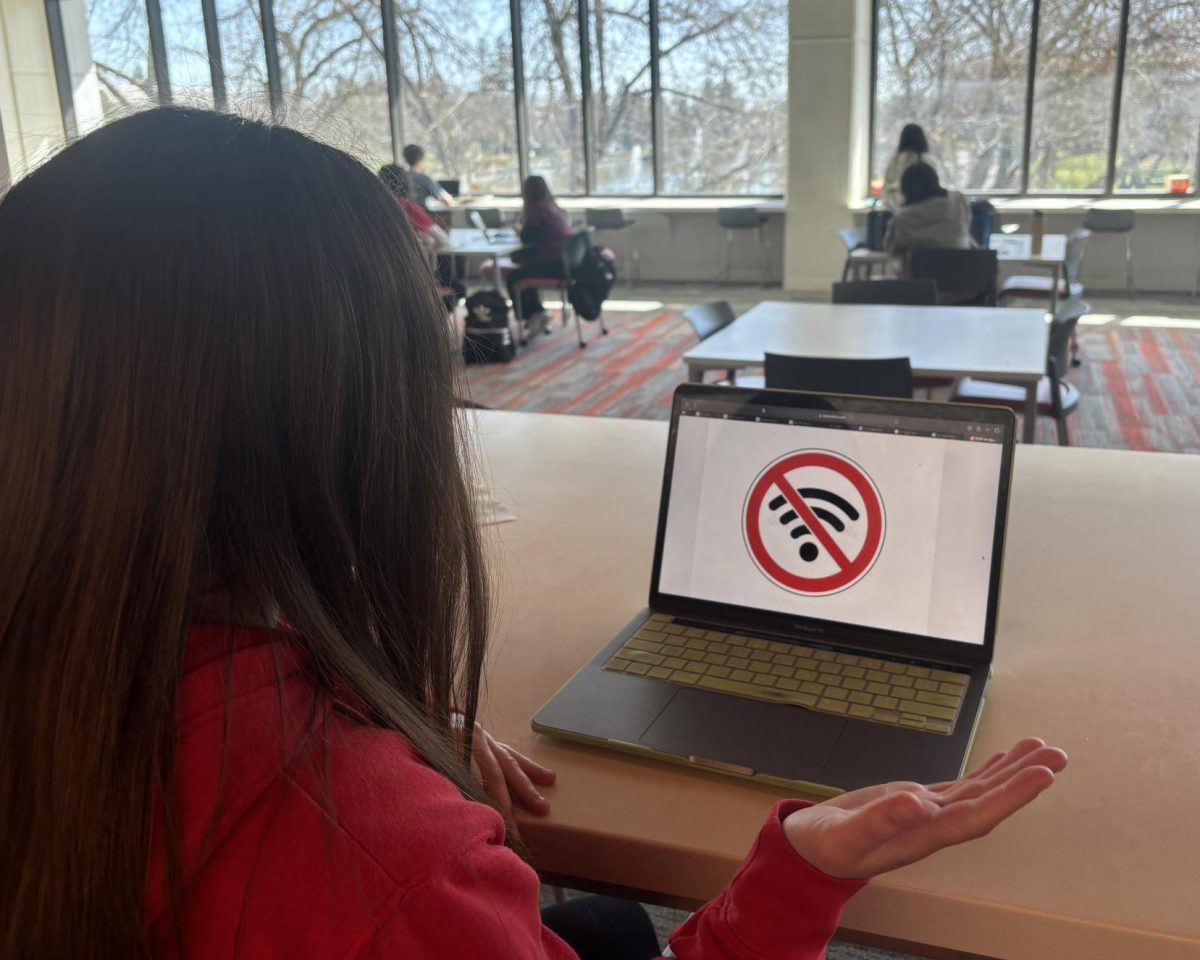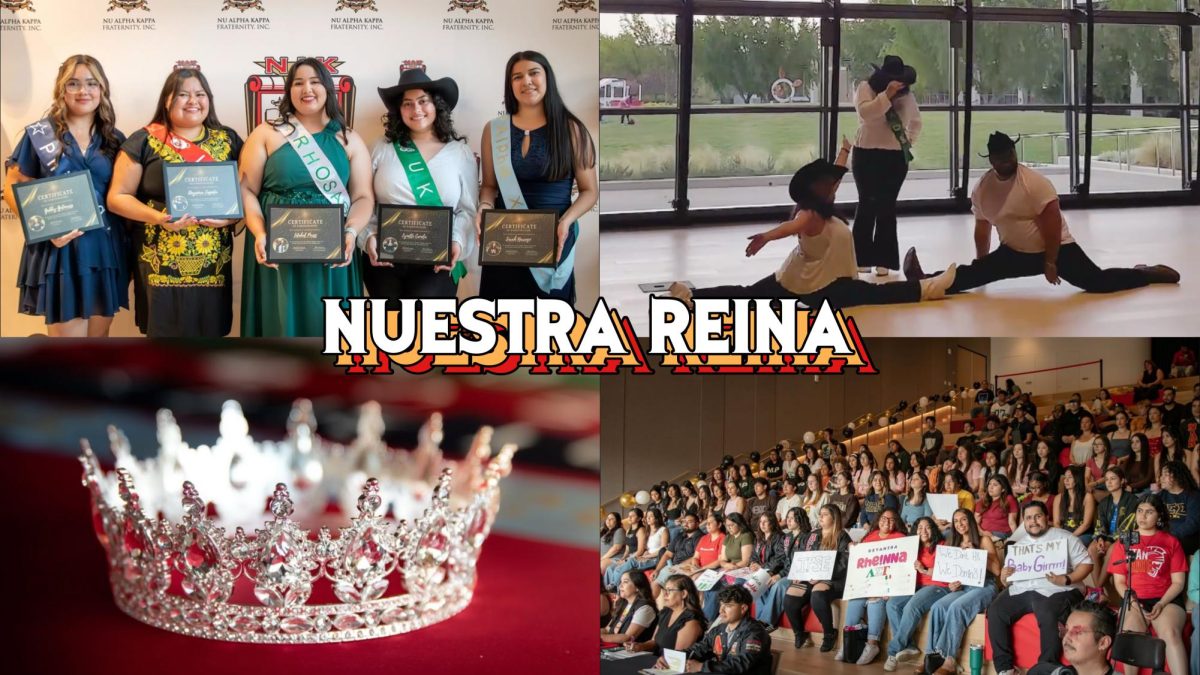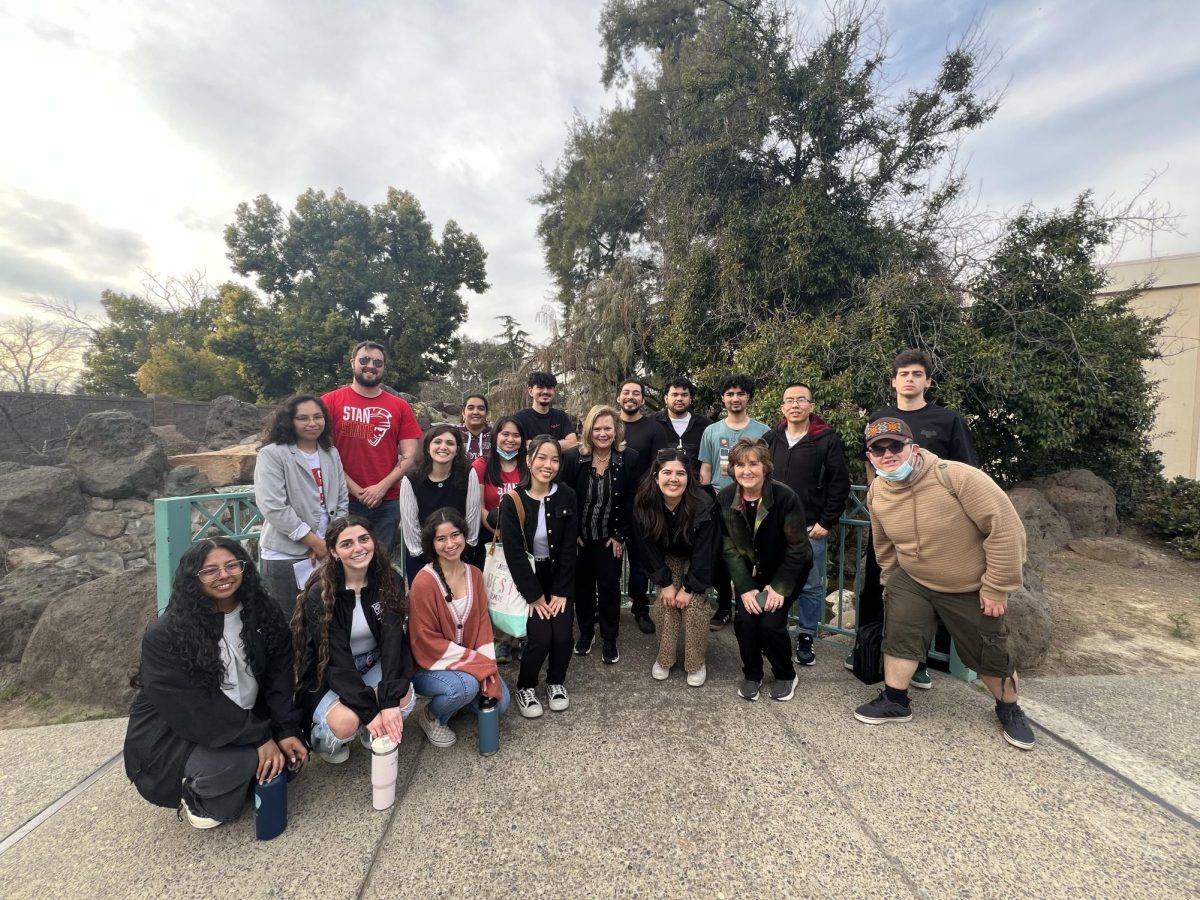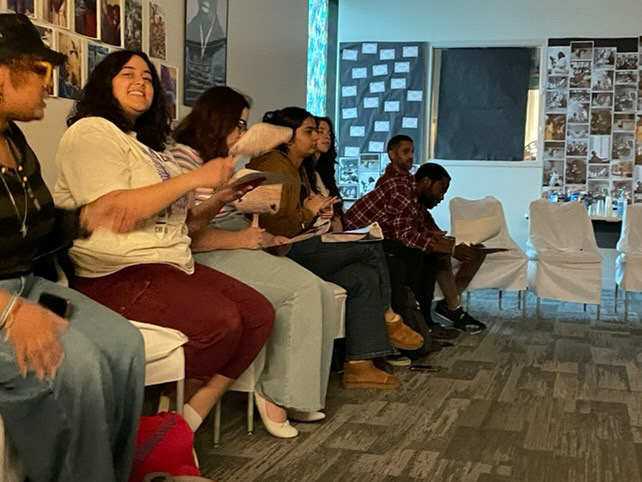Last weekend was the first battle reenactment of the year for the American Civil War Association (ACWA) at the Covered Bridge in Knights Ferry.
The reenactment is not one of any specific battle during the war – just a scene of what could have happened at a battle with terrain similar to that at Knights Ferry.
“The site itself – the terrain, the ruins, the bridge [is what makes Knights Ferry unique],” Daniel Lee Andel, Captain of the Second U.S. Artillery, said.
“It’s got its own little flavor to it. Actually, with the rocks and the hill, it can be a little difficult to work with, but it also makes it interesting as well.”
The battlefield was set up alongside the river, with the hill above the field sectioned off for the audience to watch from.
The audience consisted of people from all walks of life: families with children, middle-aged biker groups, younger adults with brewskies in hand and teenagers in hipster clothes..
Veteran spectators had their camping chairs and picnic blankets set up on the dusty hill. They also had the sun hats, shades, sunscreen and water bottles that the first timers wished they had thought of for a sunny outdoor event during the first weekend of spring.
There were women walking around in traditional garb with red sashes, collecting donations for the ACWA – a nonprofit organization. The volunteers that participated in the reenactments provided the clothes, tents, ammo and firearms used in the event.
Before the battle, the MC, in full traditional uniform, delivered information to the crowd about the battle to ensue. He let the crowd know that it was integral for their safety to stay behind the caution tape that marked the edges of the battlefield.
The MC also added various important facts about the history of the Civil War. One fact in particular was specific to California: Both Fort Point and Alcatraz were forts built to protect the bay from the Confederates. The silver and gold that came from San Francisco helped to finance the Union Army.
The sun beat down on the crowd below as they anxiously waited. Then came the waving of signal flags that officially began the battle.
The Confederate army, wearing gray uniforms, entered the field from the left. Only a handful of soldiers marched in carrying their guns, gear and flags. More soldiers could be seen to the left, waiting in the covered bridge for their call to action.
Across the river, Confederate cannons were positioned at a clearing on the hill. Down the dusty trail, the Union soldiers marched into sight with the American flag whipping back and forth in the wind.
The popping of the blank ammunition in the rifles and the larger bangs of the cannons on the battlefield sounded off throughout the battle.
The sonic boom of the larger cannons across the river were so loud that a small child in the audience fell back at the startling explosion. As the conflict continued, “casualties” rose.
A group of Union soldiers flanking the left side of their enemy came close enough for the audience to see the dirt stains on their uniforms and the makeshift bandages on their fake wounds.
A young soldier sustained a fatal blow and fully committed to playing dead, roasting in the hot sun for the rest of the battle.
One of his comrades became visibly upset at the sight of his death and began charging the Confederates with bayonet in hand, screaming, “You killed my brother.” Sadly, his passionate rage was futile. Before he could reach his brother’s murderers, the enemy fired and he joined his brother on the grass.
Each battle throughout the weekend started the same way but for the fun of the soldiers performing the reenactment, the Union Army and Confederate Army switched off winning the faux battles.
After the battle, the soldiers returned to their respective camps.
Categories:
War in Knights Ferry
By Margaret Duncan
•
March 28, 2014
0
Donate to Signal
Your donation will support the student journalists of California State University, Stanislaus. Your contribution will allow us to purchase equipment and cover our annual website hosting costs.
More to Discover

